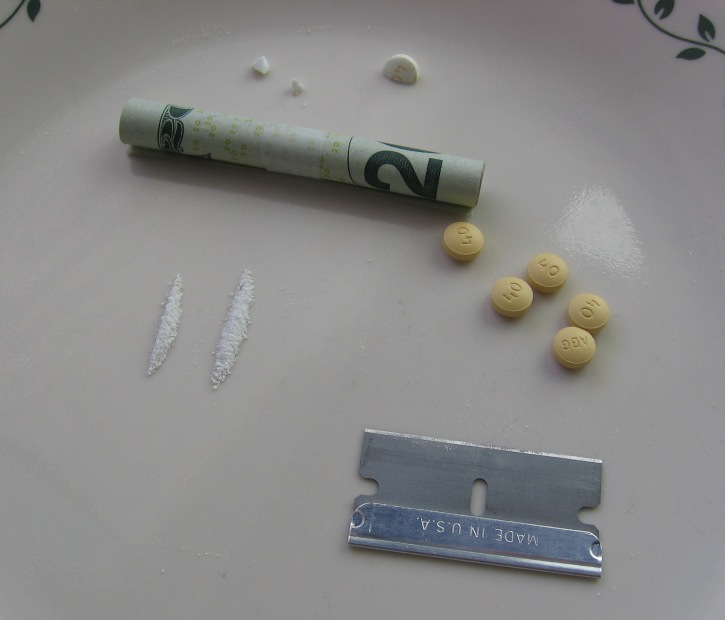Just joining us? This is part five of a five part series. Start from the beginning.
 Scott Merritt, a certified addictions counselor and licensed therapist in metro Atlanta, estimates that about 40 percent of kids in Cobb County high schools use illegal drugs, including alcohol.
Scott Merritt, a certified addictions counselor and licensed therapist in metro Atlanta, estimates that about 40 percent of kids in Cobb County high schools use illegal drugs, including alcohol.
Though federal officials say the rates nationwide are lower, Merritt isn’t pulling that 40 percent out of thin air.
“It’s from talking to teachers, administrators, kids and parents,” Merritt said. “Whatever the drug of choice is in a particular school, that drug is extremely easy to get.”
And in many schools today, that drug is OxyContin.
OxyContin is the brand name of a time-release formula of oxycodone. The U.S. Drug Enforcement Administration found that retail sales of oxycodone increased six-fold between 1997 and 2005. In schools in suburban Atlanta, an OxyContin pill sells for about $20 per 40-mg tablet.
“It’s expensive, so you’d think it’d be harder to get,” Merritt said. “But it’s not. Whether kids are getting them from their parents’ medicine cabinet, or getting them off the Internet, they are getting them. And they are selling them and using them.”
And an OxyContin addiction is a very hard one to kick, Merritt said.
“It’s one of the hardest, because for one thing, a lot of people taking OxyContin were already addicted to something else,” he said. “And they might have no desire to get off of it. As therapists, we have to work through that resistance.”
Lynn Abney, a licensed professional counselor who works with Cobb County’s juvenile drug court program, said in suburban neighborhoods, prescription drugs don’t carry the same stigma as illicit drugs, such as heroine or methamphetamines.
“That is not necessarily a good thing,” she said. “Often, people start taking them – kids or adults – legitimately. They are prescribed them for a real injury. But then they start overusing them and developing a tolerance, so they have to take more to get that same relief. It’s prevalent in the high schools, and it’s not that rare in middle schools. And kids are mixing them with anxiety medicines or alcohol and it gets very dangerous.”
Abney’s experience tells her that people abusing prescription medicines almost always are abusing another drug as well.
“Most people who take these drugs do cross-use,” she said. “And they have no idea the potential effect of mixing these drugs.”

The NIH’s National Institute on Drug Abuse has an excellent chart of how often high school students and teens are using drugs nationwide. About 23 percent of 12th graders said they used an illicit drug in the last month. See the full chart here: http://www.nida.nih.gov/infofacts/hsyouthtrends.html